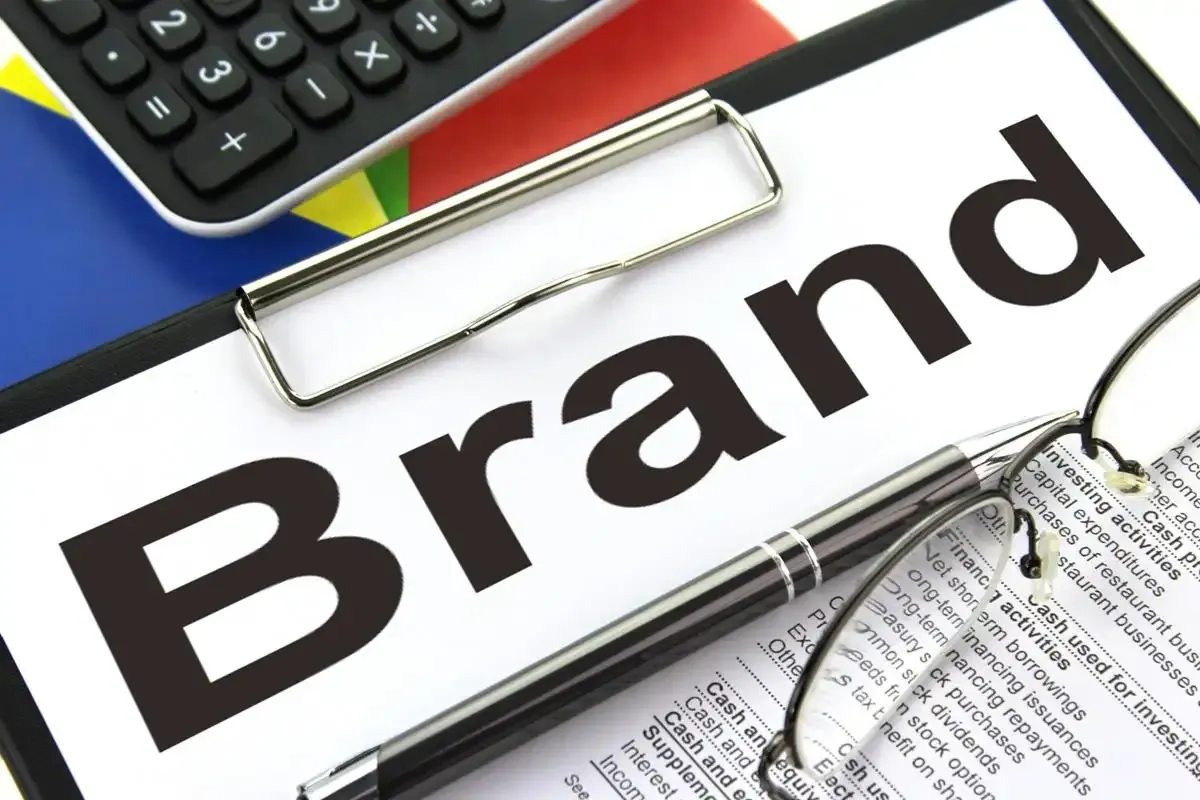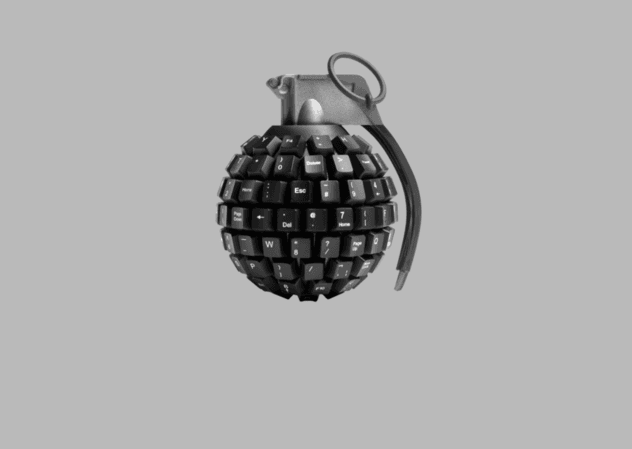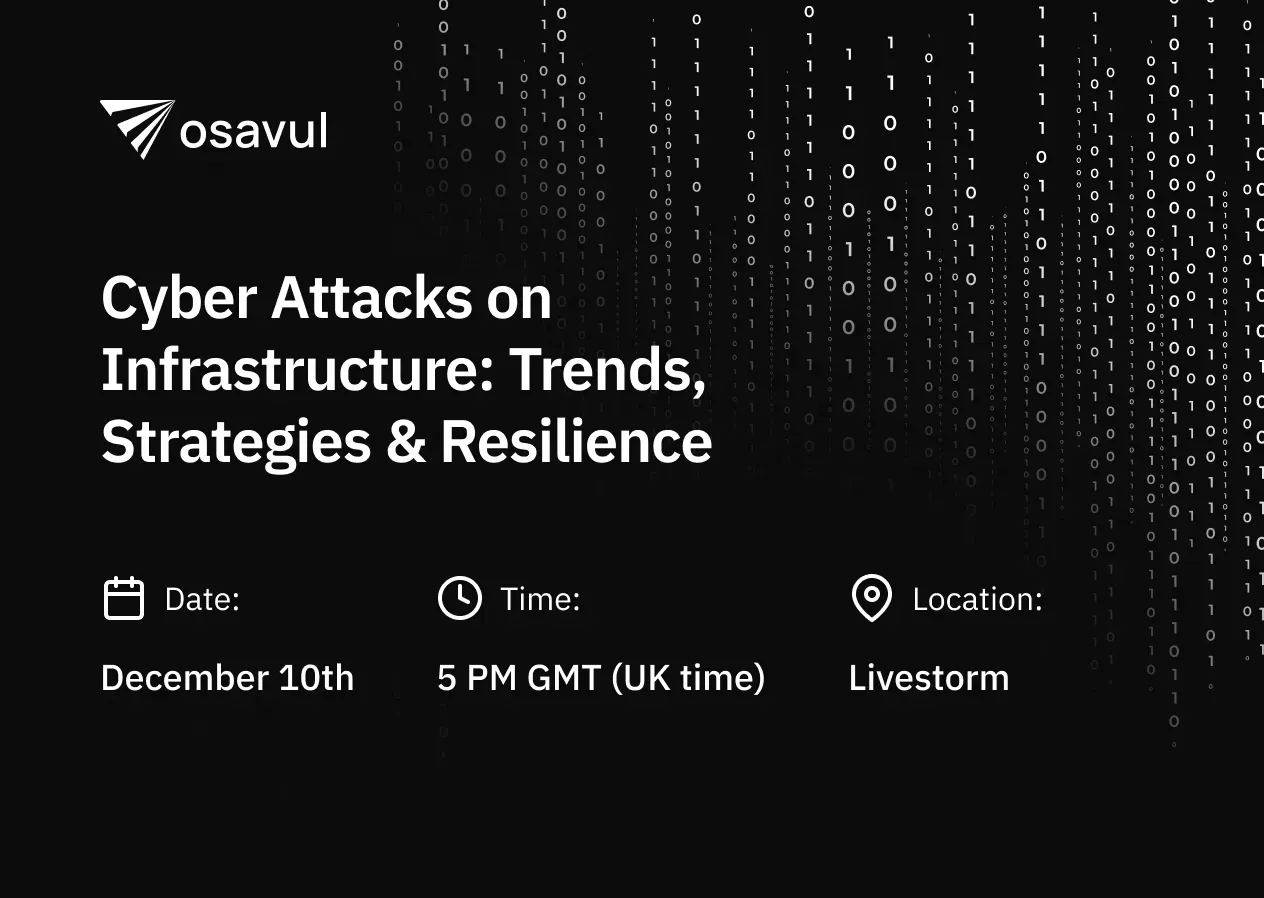However, the unfortunate truth in the modern digital landscape is that it can be damaged in just a matter of minutes or hours. The interconnected nature of the online environment means that just a single impersonation attempt or unauthorized use of brand name/assets can ripple through multiple platforms in an instant. For this reason alone, brand protection is no longer optional for organizations; it is essential for safeguarding reputation, identity, and brand equity online.
The internet is the realm in which your customers live, talk, and make their final buying decisions, which also makes it the place where risks emerge the fastest. From ads falsely using your name to copycat websites and more, the threats are constant and getting more and more diverse.
In order to understand how to protect your brand online, proactive monitoring and fast response through brand detection software are needed, alongside a clear and concise brand protection strategy. So, what is online brand protection?

Know Where Your Brand Appears
The obvious truth is that you won’t be able to defend your brand if you do not know where it is being used and mentioned online. The foundational stage of brand protection is awareness, and that involves the tracking of mentions across:
- Industry publications and news outlets.
- Social media platforms.
- Online communities and forums.
- E-commerce marketplaces.
- Review websites.
- Niche interest blogs and websites.
In keeping a critical eye on these various channels, you will be able to identify both positive engagement and early potential signs of brand abuse.
A smart tip that can be implemented immediately is setting up keyword alerts for your brand name and product names, along with any common misspellings that could be used to fool vulnerable users. The earlier these impersonation attempts are detected, the quicker they can be addressed and the quicker you will be to avoid loss of revenue.
Spot and Stop Abuse Early
When threats emerge, they can do so in several different forms. Some of the most common include:
1. Impersonation Accounts
Fake profiles that are created to pose as your brand or certain executives from your brand.
2. Unauthorized Use of Brand Assets
Copying and using images, logos, or slogans without permission.
3. Fake Websites or Online Stores
Pages that are designed to fool customers into making purchases and sharing their personal data.
4. Misleading Advertising
The use of your brand name to prompt completely unrelated and/or inferior products from external sources. Each of these threats can harm credibility and trust, with the reality being that such issues are caused by third parties who have no interest in the well-being of your customer base. In order to protect yourself, the following is recommended:
- Perform regular searches for any duplicate sites that are using your name.
- Monitor domains being registered that are too similar to your own.
- Watch out for counterfeit products being promoted on marketplaces.
- Frequent checks to see if your brand images are being used in spaces without your consent.

How Osavul Protects Brands
Osavul is an advanced brand protection software that is designed to show companies how and when their brand and assets are being used, monitoring the online space for impersonation attempts, brand misuse, and any coordinated attack aiming to damage reputation.
Its power doesn’t just stem from its detection, but also its speed. Osavul can alert a team in real time, which allows for immediate response before a situation gets the chance to escalate. From removing harmful digital content to facilitating contacting platforms to take down imitation profiles, Osavul ensures 24/7 brand protection efforts.
With the use of the advanced monitoring tools that Osavul offers, users have the ability to spot the first signs of any potential trouble before it becomes public. This level of foresight can be the difference between a simple fix and a wide-scale crisis.
Build a Response Plan
The truth is that even the most vigilant monitoring efforts can’t always prevent threats from appearing. This is why a robust response plan is absolutely crucial for good brand protection.
An effective plan will include:
1. Clear Internal Roles and Responsibilities
Designation of who handles elements like detection, public statements, legal action, and customer communication.
2. Templates for Public Messaging
Speed is crucial, so having pre-approved messaging and language ready to use is essential for avoiding costly delays.
3. Removal and Reporting Processes
Assurance of knowing exactly how to request takedowns across the various online platforms.
4. Escalation Triggers
The ability to define when an issue needs to be brought to executives and relevant legal teams.
When you have an understanding of how to protect your brand reputation, it becomes clear that consistency is just as important as speed. Audiences are reassured by the same facts and tone across channels, from responding on social media to press releases to customer email and more.
How to Protect Your Personal Brand
Though much of this topic focuses on companies, individuals like influencers, public figures, and executives also need to be aware of online brand protection. Many of the same rules apply.
- Monitoring mentions of name and image.
- Securing relevant social handles and domain names in order to prevent damaging impersonation.
- Changing accounts to private when needed.
- Responding to false claims or public criticism in a professional manner.
Personal reputation is very often tied to a company’s wider image, so protecting both simultaneously will reinforce trust and credibility with one’s audience.
Social Media Brand Protection

Social platforms have the potential to be double-edged swords for brands. They are good for engagement, but can certainly amplify risks. Social media brand protection involves watching out for:
- The inappropriate use of posts and/or logos.
- Fake accounts that are claiming to be your business.
- False claims are being spread rapidly through shares and comments.
The recommended steps taken to enhance safety on social media should include:
- Securing official verification of accounts with platform checkmarks.
- Consistent use of brand-specific hashtags.
- Strong engagement with customers to answer queries and correct any errors.
- Immediate reporting of any activity deemed to be suspicious.
Conclusion
Ultimately, protecting your brand online is one of the most important ways to reinforce the trust that customers place in you. Removing harmful digital content and other forms of rapid awareness and detection are non-negotiable forms of brand protection that Osavul can assist with on a 24/7 basis.
In today’s predominantly online world, this kind of brand protection is not something that can be underestimated.

FAQ
What is brand protection?
Brand protection is the broad process of monitoring, flagging, and responding to any threats that have the potential to harm a company’s identity, intellectual property, and overall reputation. This encompasses everything from impersonation to brand abuse to unauthorized use of brand assets, with the aim of safeguarding customer trust and preserving brand equity.
How to protect your brand?
In terms of practical steps on how to protect your brand, the essential elements include monitoring mentions across platforms, securing trademarks, acting swiftly to remove harmful digital content, and having a clear brand protection strategy with clearly defined roles and responsibilities.
Why is brand protection important?
Brand protection is important because, simply put, a damaged reputation can lead to negative publicity, loss of customer trust, and ultimate loss in revenue. Protecting a brand guarantees that an audience receives trustworthy communication and maintains confidence in your services or products.










